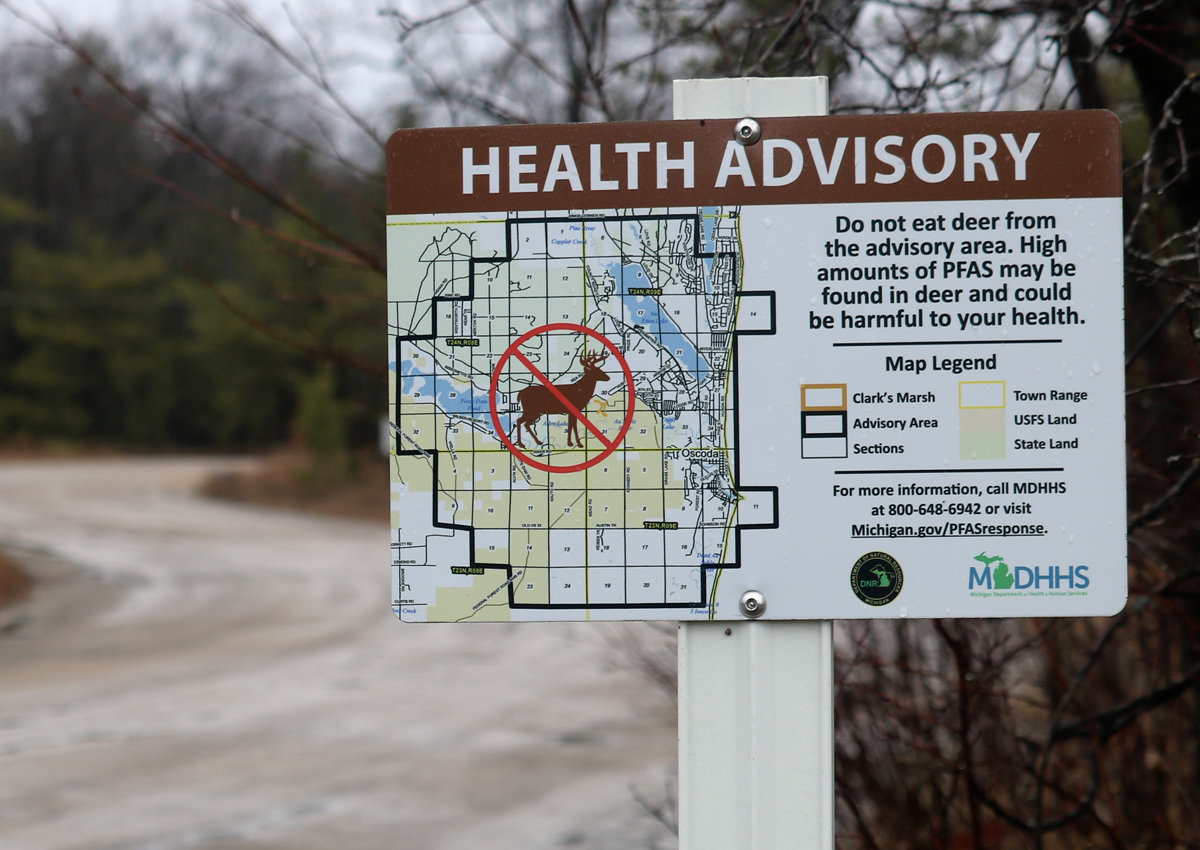The prospect of a “doomsday weapon” has some lawmakers worried that the U.S. isn’t ready to win the star wars.

Administration officials said earlier this year that Russia’s work on a space weapon with nuclear capabilities was a concerning development but not an immediate threat.
CONGRESS
Haley Byrd Wilt
May 07, 2024
Officials say Russia is still developing what Sen. Marco Rubio, the top Republican on the Senate intelligence panel, described in an interview with NOTUS as a “doomsday weapon”: an anti-satellite device with nuclear capabilities. Any kind of nuclear detonation in orbit would threaten satellites the United States depends on for GPS, banking, military operations, intelligence gathering and communications.
Lawmakers have been fretting about the potential weapon since Rep. Mike Turner warned of a serious national security threat in February, referring to information lawmakers had been given about it. Administration officials also had the weapon in mind as they requested tens of billions of dollars for more U.S. space security funding this year. News of its development has even prompted some American satellite companies to change how they build spacecraft.
While members of Congress from both parties agree on throwing money at the problem, some worry the U.S. government isn’t moving quickly enough.
“Both China and Russia have weaponized space, and we must catch up to contend with this new reality,” Rep. Doug Lamborn, a Colorado Republican, said during a hearing last week.
Turner, who chairs the House intelligence panel, sparked a panic on Capitol Hill when he urged the administration to make public details of the weapon, declining to say what it was. (Some lawmakers are still furious: Last week, Rep. Seth Moulton, a Massachusetts Democrat, slammed Turner’s statement as an “intelligence leak from Congress.”)
Administration officials said at the time that Russia’s work on the weapon was a concerning development but not an immediate threat. Since then, details have been scarce. Asked by lawmakers last week if Russia is already prepared to launch such a weapon, a space policy official said he would rather answer in a classified session.
But that official, Assistant Secretary of Defense for Space Policy John Plumb, confirmed in his testimony that Russia is working on the weapon and said radiation from a nuclear blast would harm satellites the U.S. depends on, perhaps making some orbits inaccessible for up to a year.
When the American military conducted a test in 1962, detonating a nuclear device in space, the radiation damaged several satellites, rendering them unusable in the following days and weeks. That was before the space age had begun in earnest. With thousands of satellites in low Earth orbit now, such an explosion would have far-reaching effects, especially for commercial space equipment.
Getting GPS directions, sending messages and collecting satellite imagery would all be uncertain, if not impossible.
The administration says it is taking any threats seriously. President Joe Biden has requested more than $30 billion for space activities and capabilities in the coming fiscal year. Some of that money would enable launches of new national security satellites, among other priorities.
Nuclear-armed powers could launch a nuclear weapon into space from the ground already, but sending one into space may provide more flexibility and set an alarming precedent.
“Nuclear detonation in space is a very blunt weapon,” said Rubio.
“It’s not targeted. It would knock out everybody’s satellites,” he told NOTUS in an interview. “There’s not much you can do to defend against something like that, which is why it would be concerning to a lot of people, and why I think you’re going to see international efforts to ban or at least get countries to commit to not doing it.”
He declined to say whether he thinks the United States has done enough to respond, telling NOTUS those discussions are classified.
The U.S. military has tried to prepare for conflict by practicing faster launches. But the most successful tests have come with months of preparation and multiple simulations beforehand. In a real conflict, officials wouldn’t have that luxury.

Assistant Secretary of Defense for Space Policy John Plumb confirmed Russia is working on a weapon that could harm satellites the U.S. depends on. Jose Luis Magana/AP
The military is also trying to diversify its assets in space and recently launched 27 new satellites, including eight for missile warning and tracking, Frank Calvelli, assistant secretary of the Air Force for space acquisition and integration, told lawmakers. Officials argue that numerous systems create redundancy that could help in any kind of space-based conflict.
That strategy comes with its own risks. More satellites in orbit increase the odds of spacecraft crashing into each other with disastrous domino effects. Debris from a collision between two vehicles (or an anti-satellite missile strike) might destroy other spacecraft and could grow into a cloud of shrapnel that destroys even more satellites.
Chinese spacecraft have shown an ability to clean up some of the space junk already in orbit. A Chinese satellite in 2022 was reported to have grabbed a defunct satellite and thrown it far away from most orbital traffic, no longer posing a collision risk.
American lawmakers see demonstrations like those through the lens of great power conflict, raising alarms about China’s ability to grapple other satellites. Moulton, for one, said during last week’s hearing that many of China’s new satellites have inherently offensive capabilities.
Commercial space providers have geopolitics in mind too. Joe Latrell, founder of the start-up satellite company Quub Inc., told NOTUS that most commercial satellites in low Earth orbit don’t have to take radiation in mind as much as other spacecraft because they are still shielded from much of the sun’s radiation by the Earth’s atmosphere. They’re now working on shielding most or all of their new satellites because of reports about Russia’s plans — and dramatically increasing the timeline to do so.
“It is going to change the way we build things,” Latrell said, estimating that the company will have implemented radiation proofing in six months. The materials will be more expensive, and launches will weigh 15% more, he said, but “to do otherwise is not a smart move.”
Even so, it’s unclear if the extra shielding would be enough to withstand a nuclear detonation. Military satellites are almost certainly battle-hardened already, but many weather satellites and commercial spacecraft aren’t, he said. And adjusting in the middle of production is much more difficult for larger satellites that take several years to build.
Ideally, lawmakers told NOTUS, the weapon would never be launched. But Sen. Mike Rounds, a South Dakota Republican who sits on the intelligence committee, said he believes launching the weapon and using it to any effect “may be more difficult” than Russia “might think.”
If Russia does pursue a nuclear anti-satellite weapon, Rounds added, “there will be retribution for it.”
—
Haley Byrd Wilt is a reporter at NOTUS.




